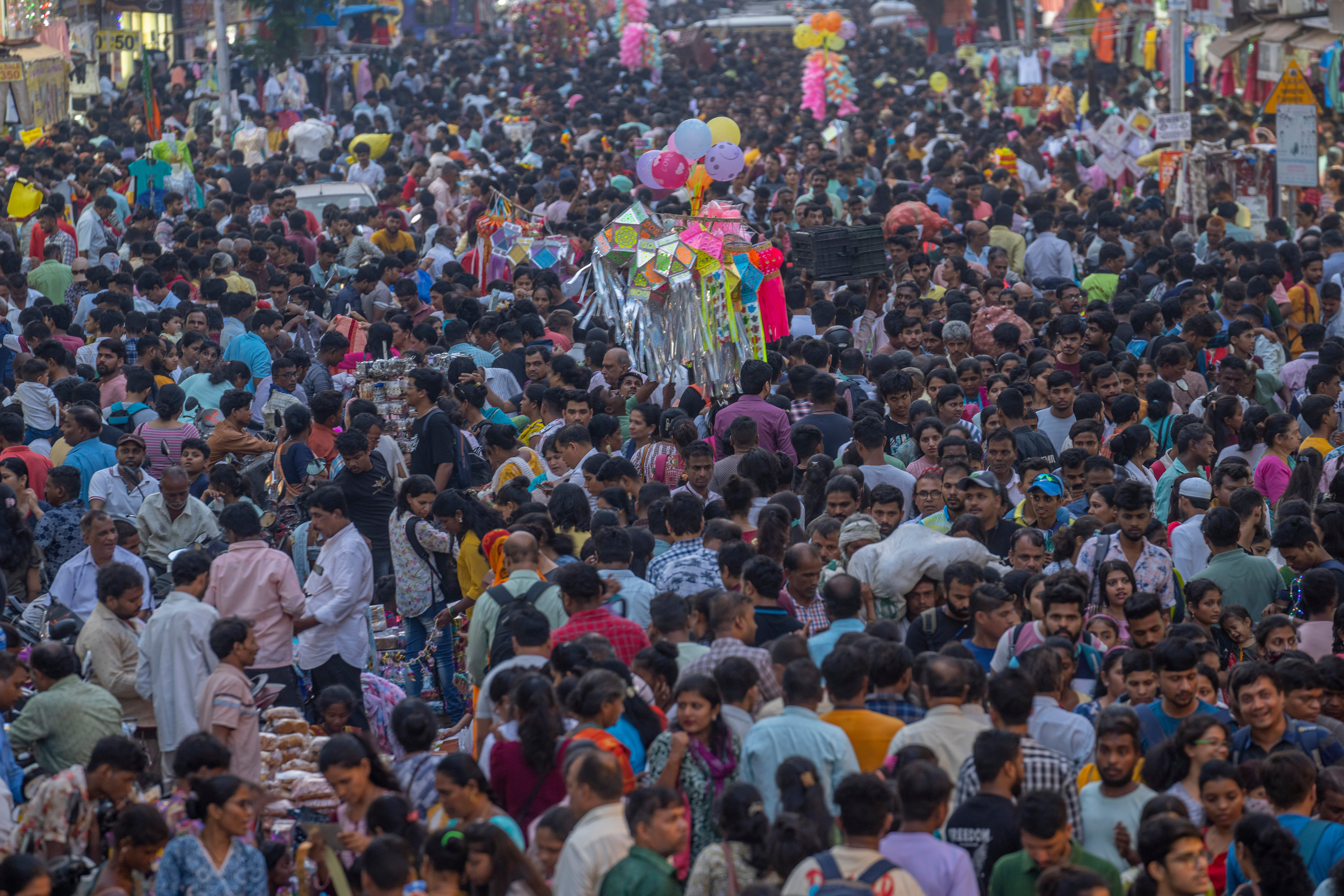World’s population has passed 8 billion, says US Census Bureau
The world population growth, however, continues a long-term trend of slowing down

The human species has topped 8 billion, with longer lifespans offsetting fewer births, but world population growth continues a long-term trend of slowing down, the US Census Bureau said Thursday.
The bureau estimates that the global population exceeded the threshold on 26 September, though the agency said to take this precise date with a grain of salt.
The United Nations estimated the number was passed 10 months earlier, having declared 22 November 2022, the “Day of 8 Billion”, the Census Bureau pointed out in a statement.
The discrepancy is due to countries counting people differently — or not at all. Many lack systems to record births and deaths. Some of the most populous countries, such as India and Nigeria, haven’t conducted censuses in over a decade, according to the bureau.
While world population growth remains brisk, growing from 6 billion to 8 billion since the turn of the millennium, the rate has slowed since doubling between 1960 and 2000.
People living to older ages account for much of the recent increase. The global median age, now 32, has been rising in a trend expected to continue toward 39 in 2060.
Countries such as Canada have been ageing with declining older-age mortality, while countries such as Nigeria have seen dramatic declines in deaths of children under 5.
Fertility rates, or the rate of births per woman of childbearing age, are meanwhile declining, falling below replacement level in much of the world and contributing to a more than 50-year trend, on average, of slimmer increases in population growth.
The minimum number of such births necessary to replace both the father and mother for a neutral world population is 2.1, demographers say. Almost three-quarters of people now live in countries with fertility rates around or below that level.
Countries with fertility rates around replacement levels include India, Tunisia and Argentina.
About 15 per cent of people live in places with fertility rates below replacement level. Countries with low fertility rates include Brazil, Mexico, the US and Sweden, while those with very low fertility rates include China, South Korea and Spain.
Israel, Ethiopia and Papua New Guinea rank among countries with higher-than-replacement fertility rates of up to 5. Such countries have almost one-quarter of the world’s population.
Only about 4 per cent of the world’s population lives in countries with fertility rates above 5. All are in Africa.
Global fertility rates are projected to decline at least through 2060, with no country projected to have a rate higher than 4 by then, according to the bureau.
Bookmark popover
Removed from bookmarks